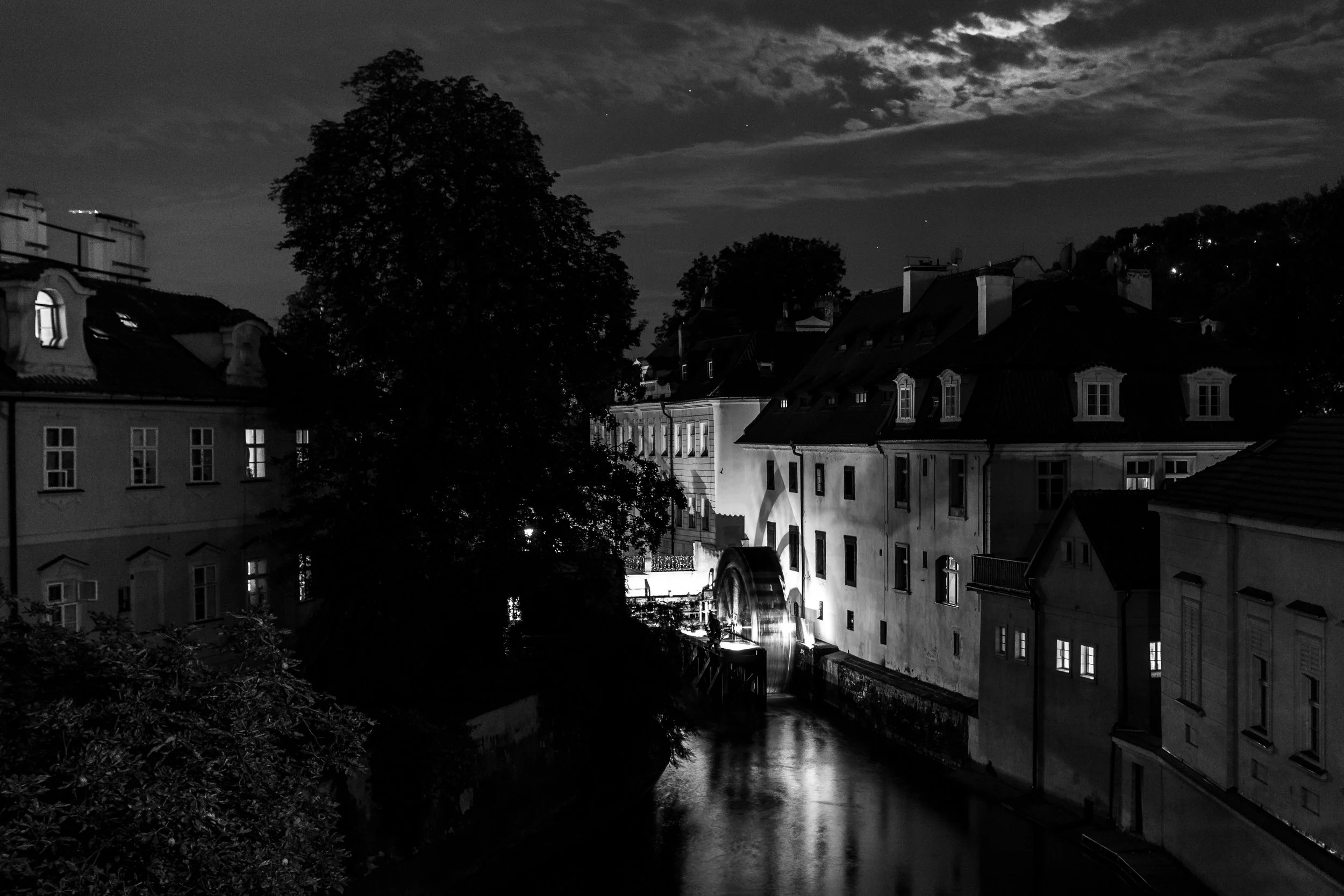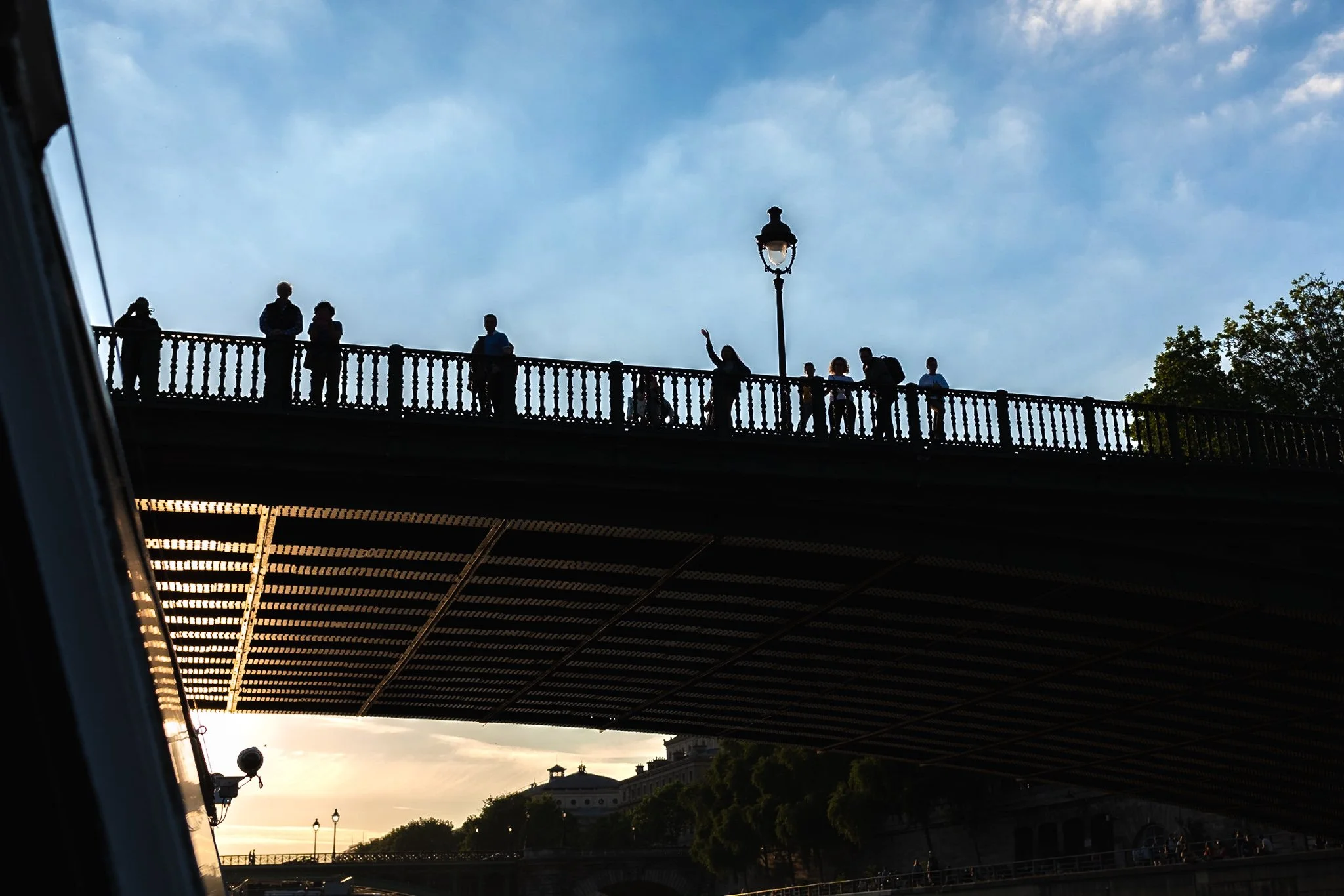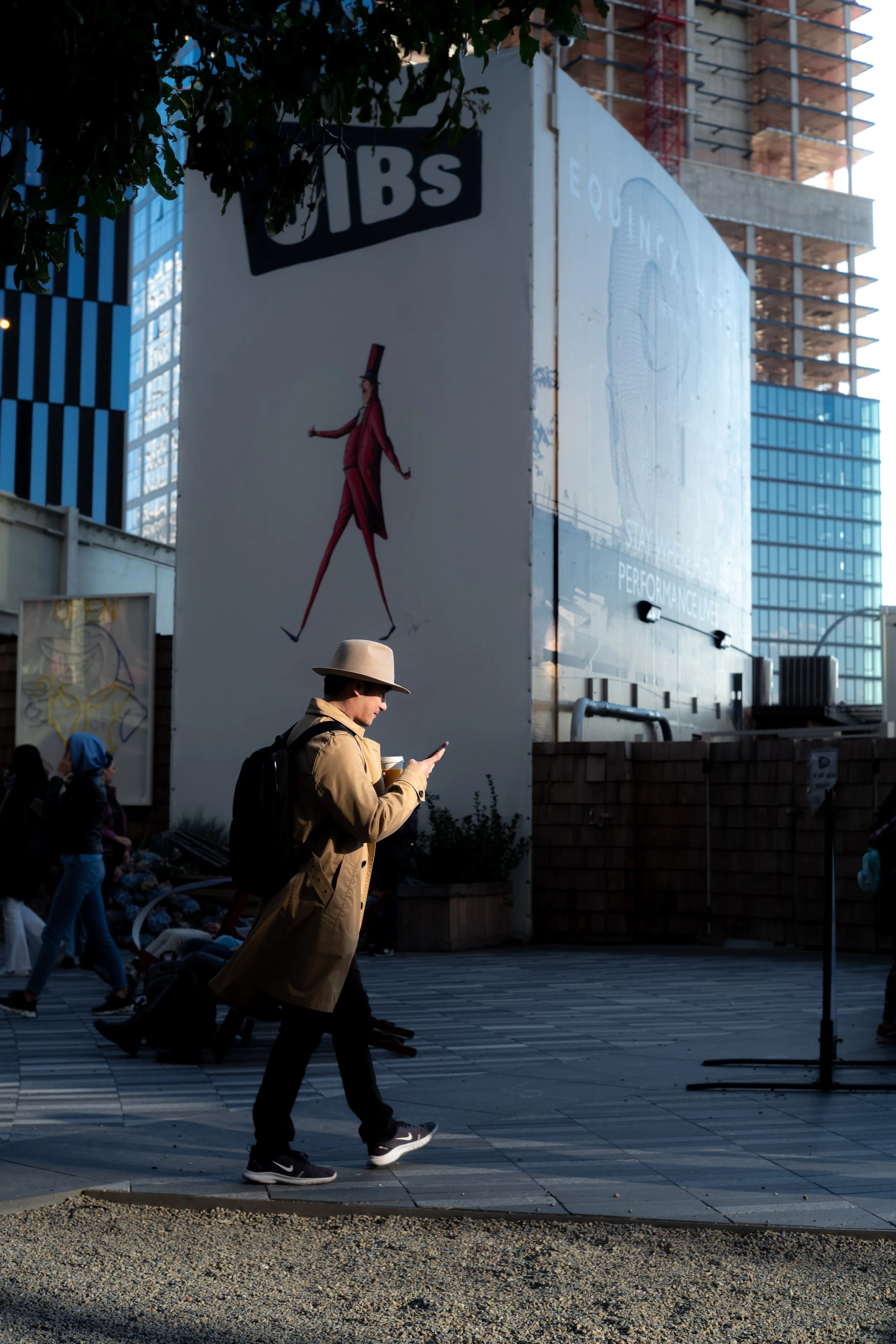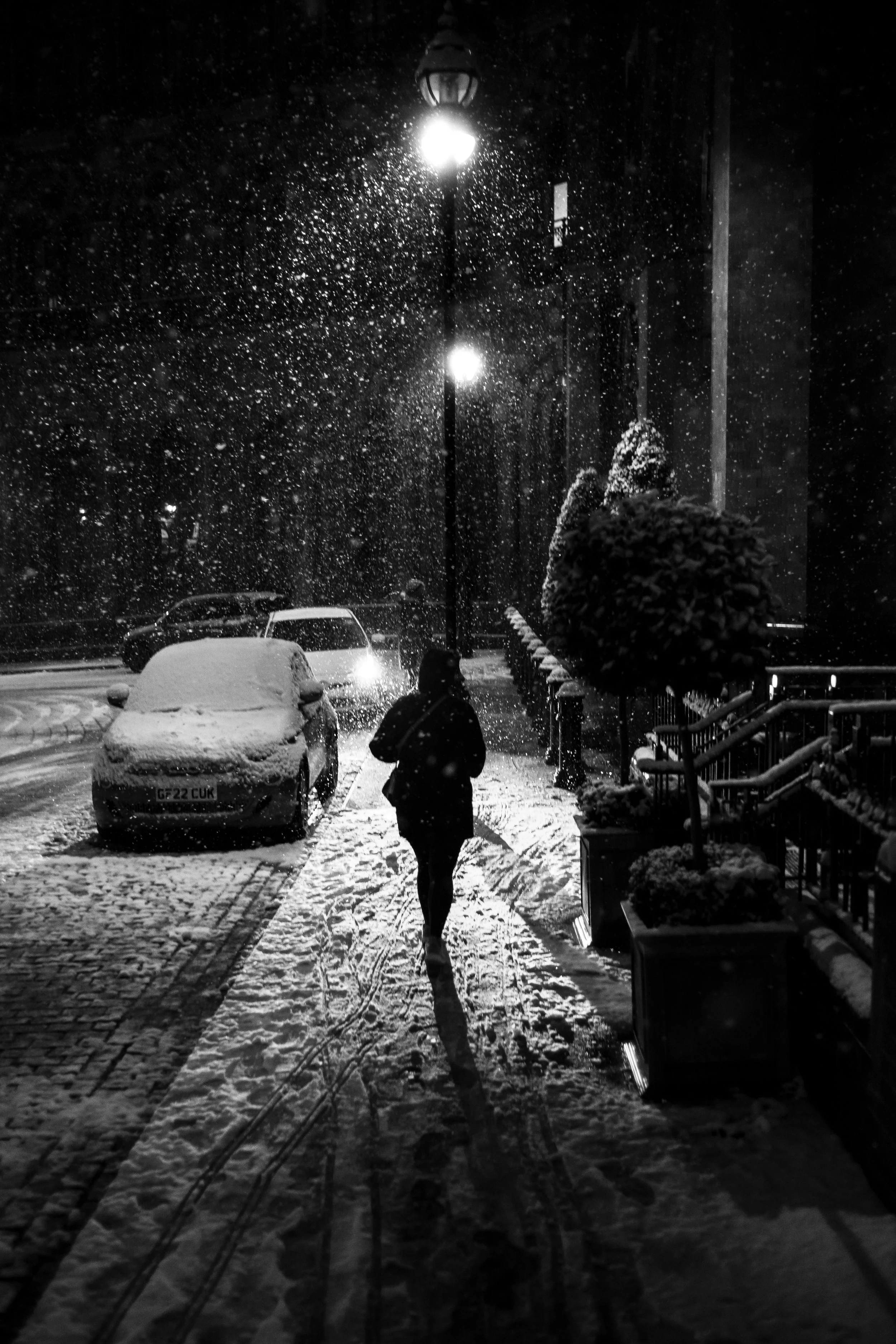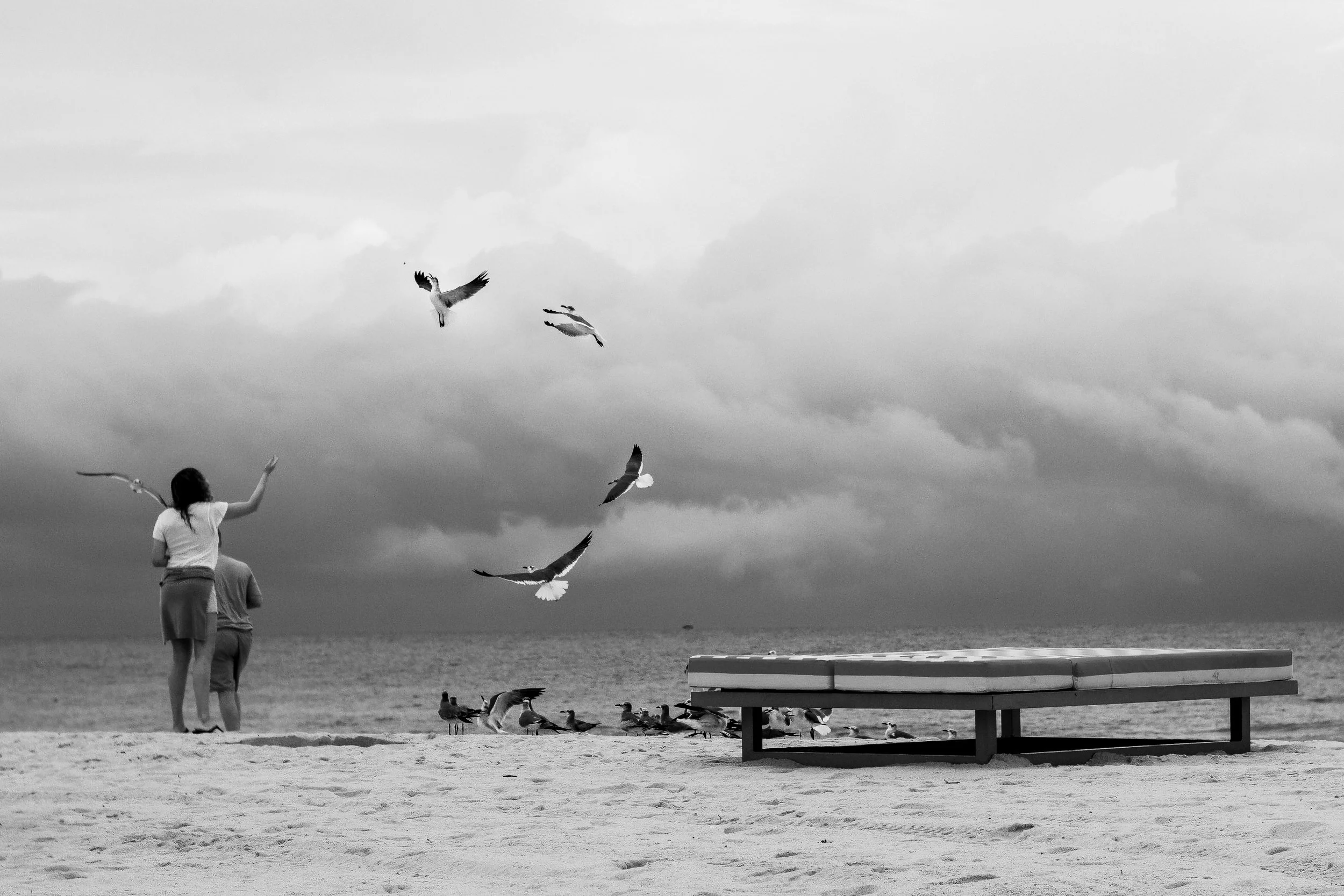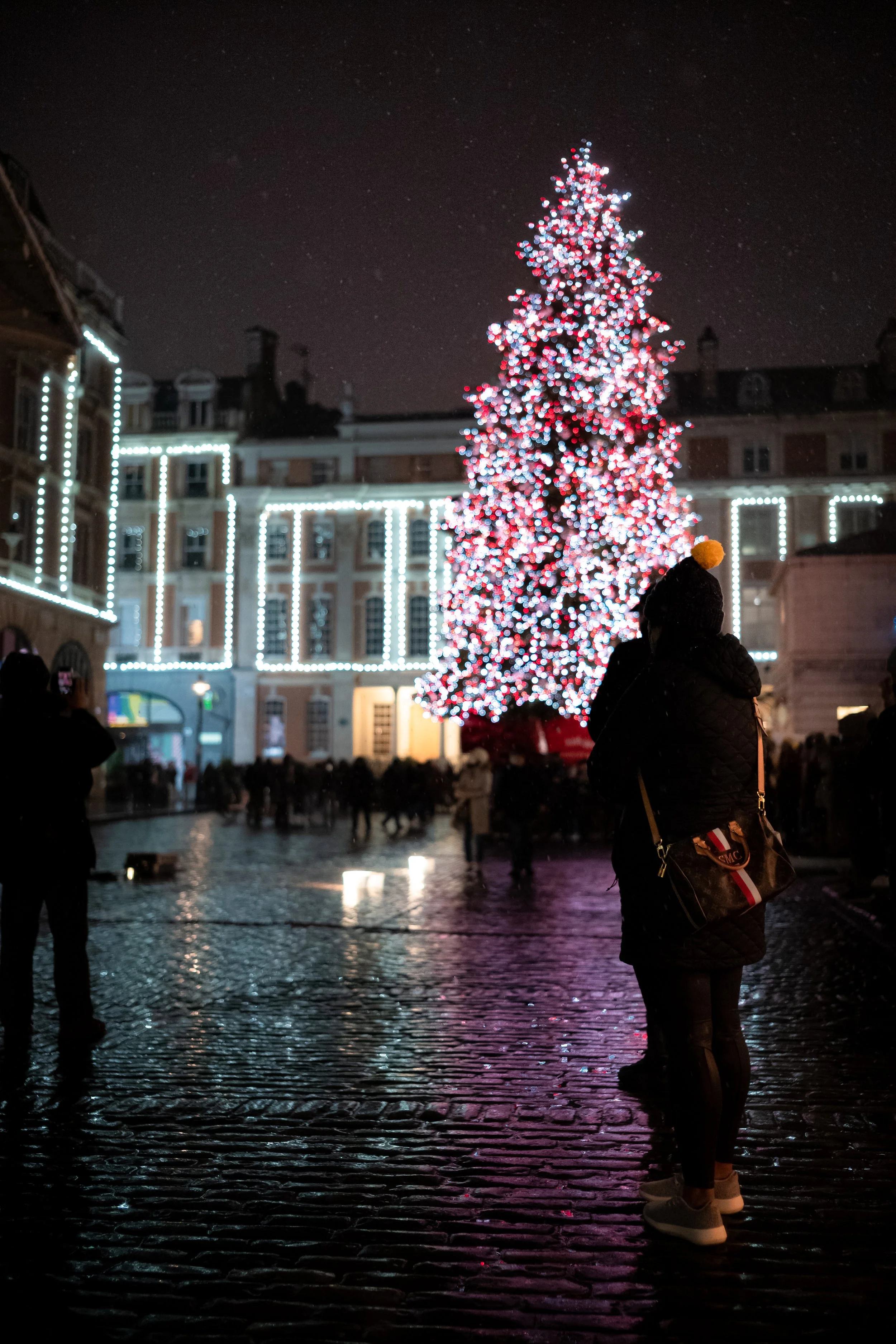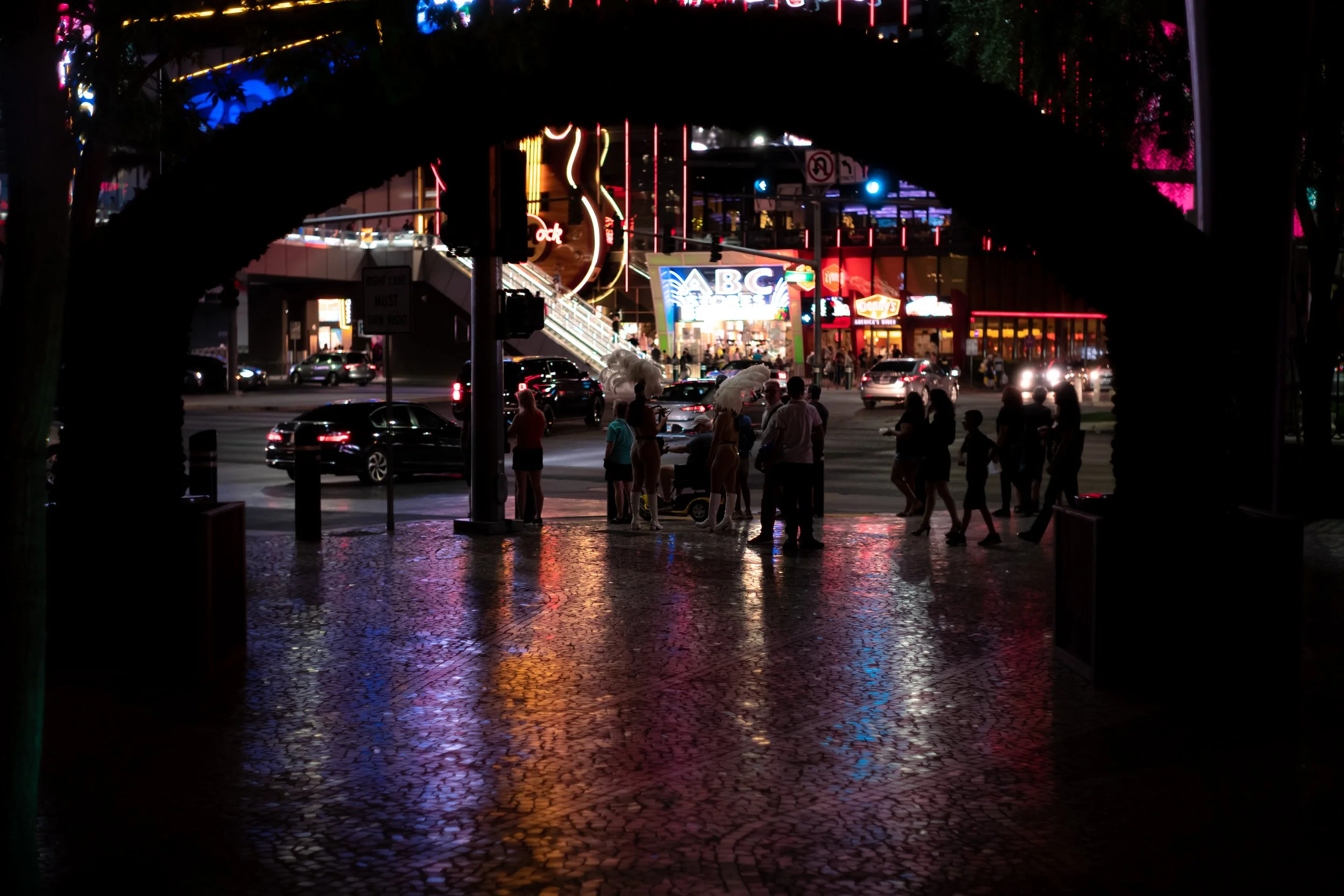Your Focal Length
Finding the right lens for you and your needs is one of the most complex topics in photography. Or at least it is in my mind. I have spent years trying to find and figure out what focal length I like the best. What I’ve discoverd is that I don’t think there is one right answer for everyone.
Zoom vs Prime
That conclusion may seem obvious to many people. Let’s face it, that’s why zoom lenses are as popular as they are. They offer you a range of options in terms of shooting ability without the need to switch lenses. The quality of zoom lenses is also good enough in general that I can certainly understand why they are the preferred option for so many.
However, many others have come to the same conclusion that I have and switched to prime lenses as their primary choice for daily photography. A few realizations early in my photographic life led me to that decision.
First of all, the size and weight of my zoom lenses were such a negative, they were impacting not only my experience and enjoyment but also those around me. They became a burdon and they also drew far too much attention for my liking.
Prague at night taken with a Canon 17-40mm f/4.0L USM in 2013, a lens I used a lot of back then.
Second, I noticed that nearly all of the shots I was taking using a zoom came at either the short or long end of the range in which I was shooting. In other words, if I was shooting with a 24-105mm lens, I was generally shooting either at 24 or 105, or very close to it.
Third, after going through all of the pictures I was taking, I realized a few more general truths. First of all I went through the vast majority of my pictures and looked at the ones that I liked the best. The ones that made me feel something different.
I noticed a pattern that told me there were certain ranges that I tended to gravitate towards. It turned out that 24 and 35 were focal lengths that I naturally chose while shooting. And that I probably had the highest hit rates at 50.
50mm along with 35mm are probably my most used and returned to focal length. This was taken with a 50mm in Richmond, VA after a rain storm.
But moreover, the focal lengths that are so well known because they’re the focal lengths that are usually available for prime lenses, were the lengths that I gravitated towards. I realized that I didn’t often need anything below 24mm or greater than 85mm. 24 is wide enough for me and offers a good balance between minimal distortion and a wide angle. 85mm is long enough for daily use without limiting your field of vision too much.
Finally, I also realized that the shots that I took with my prime lenses at the time had far more hits than any of my zooms. Part of that was almost certainly due to when and how I was using them but there was no denying that I also just generally preferred the look of the prime lenses over the zooms.
The speed, size and cost relative to the zooms pushed it over the edge for me and I made the decision to go away from zooms and in general stick to primes. I did however make one exception in that I kept a very long zoom for special circumstances. Having a 300mm plus prime is not practical, but having a zoom that can deal with 70-300mm that is not extremely cumbersome was a good compromise and in general was a lens I would only need/use on particular occasions and could be left at home otherwise.
Prime Life
This really started my whole camera journey which lead me in the many directions that I described in my previous article. The three prime lenses I used the most were probably the ones most people gravitate towards. 24mm, 35mm and 50mm were my workhorses for many years and still are. I supplimented these with an 85mm and 18mm for length and width but the other three were by far my most used lenses.
Now this is where things start to get divisive. I’m going to assume anyone who made it this far is probably not a diehard zoom person and is instead a prime user like myself. But that also probably means you either have a favorite focal length and are wondering if I agree or you can’t figure out which focal length works best for you and you’re trying to see what others like myself prefer.
To be honest I have definitely gone through phases. At first, I was almost exclusively using a 24mm. As I’ve said in previous posts, I did a lot of travel and landscape photography early on and that focal length worked well for getting a lot in my shots.
Later, when I picked up the Fujifilm X100F, I used 35mm A LOT! Even when I was using my Canon 5d, I tended to use 35mm the vast majority of the time.
The X100F and 35mm became my constant companion for several years as it was light weight and easy to carry especially in places like Paris.
However a few years after that, I picked up the 50mm f/1.2 from Canon and 50mm became a favorite focal length of mine.
Since I have switched to Leica and my photography has changed to more of a hybrid style where I’m shooting both for myself and my enjoyment as opposed to primarily documenting our vacations, I have used a variety of focal lengths, between 21mm and 90mm.
Choosing
These experiences have lead me several realizations. First and probably most importantly, it is possible to make nearly any focal length work for any shot or situation. Sure another might be slightly better suited, but quite often the lens that is less suited may actually produce the more intersting result.
Second, having options can be both a blessing and a curse. If you spend all day worrying about whether the lens you have on is the right one for every need, you’re causing yourself a lot of undue stress, probably missing shots you could have taken and likely affecting your day as a whole.
If you, are locked into one focal length, sometimes that can also cause the same issue but in terms of regret for not having another option and maybe missing certain situations that you would like to capture. Both can be frustrating and detract from not only your photography but also the enjoyment of whatever activity you’re doing.
Since switching to Leica which gives me the small form factor of my Fuji but the options of my 5d, I have had to confront some of these head on and I think I’ve come to a conclusion.
Going out all day with a 50mm in New York is a good option.
I recently returned home from a three week stint of travel where we went to New York, London and Miami followed by the holidays. These were all places and events that I was interested in shooting, however the method, goals and scenery I was interested in led to very different use cases.
New York is a place that I get to fairly often and very much enjoy capturing. I have worked with many focal lengths there and this time I decided I really wanted to give 28mm a go. In my previous visits, 50mm was the length I went with the most. However, I wanted to give something wide a try. I wanted a little more architecture and story in my shots.
I have used 35mm in the past in New York but I always felt like it was too inbetween there. It wasn’t wide or long enough to capture what I really wanted. 28mm and 50mm were much closer to fulfilling those needs to me and on this trip, the 28mm barely left my camera except at night when the limitations of a 2.8 aperature were too limiting and so I threw on either my 35mm 2.0 or my 50mm 1.4 to give myself more light to work with.
28mm allowed me to capture more of this scene showing the full billow of steam from the street.
Interestingly, when I went to London the 35mm ended up being the lens I preferred. First, I feel as though I should say that I am also quite familiar with London. While we don’t get there as often as New York, we have been quite a lot and so I knew generally what I will likely be photographing.
On the day that we did more touristy things around parliment and Westminster, I threw on the 28mm as I knew with Elizabeth Tower and the Parliment building, I would almost certainly want a wider angle of view to capture more of the scene.
However, despite London being a big city with many similarities to New York on the surface, it is also not as tall a city as New York. 35mm is very often enough to get most buildings and scenes in without the need for anything wider. And so 35 was the length that I came to use almost exclusively as it was wide enough to capture the vast majority of what I was trying to get in when I wanted scenic or architectual pictures but also allowed me far more reach and less distortion for street photos.
35mm turned out to be the Goldilocks focal length for me in London.
Finally, when we went to Miami I was uncertain what I would end up preferring. It had been quite a while since I had been to Miami and as we were staying on the beach I wasn’t entirely sure what focal length I would ultimately prefer. The first day we got there I just threw on a 50mm as I would be walking the boardwalk and I also knew that I might want a bit more reach at the start.
I went on a relatively long photo walk with the 50 and realized that it actually was a really good lens for what I was capturing. It was seeing what I wanted and allowing me to capture both the scene and the details and people that made it interesting.
Miami Beach surprised me in that 50mm turned out to be my favorite focal length.
Later I went out again but this time put on my 28mm with the thought that some wide sweeping landscapes of the sand, sea and ominous sky would be good. In truth, I did get some images that I liked with this lens. I think I will always enjoy a good wide shot that brings in the elements and focuses you on a few points in the frame. However, it also felt like there was more of a limit to how much I could get out of this focal length in this setting. At somepoint the pictures would likely look all very similar. It was capturing too much and so while maybe one or two of my favorite pictures would come from the wider perspective, if used continuously, there was a real danger of nearly every picture feeling the same.
Finally I tried the 35mm for a short time and discoverd that again it was neither wide enough nor long enough to provide the look or detail I desired. As you can probably tell, the 50mm more or less lived on my camera the remainder of the trip. It was the best balance of being able to capture plenty of scene while bringing in more of the elements that made the scene different.
Different Lenses For Different Needs
At this point I am guessing you probably see where this is headed. I’ve been flirting with it for nearly the entire article now so let me finally get to the point. This experience taught me that no one focal length is perfect for every scenario.
I want to reiterate that you can absolutely make any focal length work for any scenario (within reason). There are a lot of people who have Leica Q’s, Ricoh GR III’s, Fuji X100’s…etc that make one focal length work for them on all occasions. 28mm and 35mm offer quite a bit, especially with the higher megapixel sensors these days that allow for significant cropping if needed.
Still, these past few weeks have really hammered home to me that having the flexibility to use different focal lengths depending on where you are and what you are planning to shoot can really tailor the experience to your needs far better than sticking to one specific focal length can.
In all honesty, 35mm will probably remain my go to when I’m on vacation, especially in Europe. For all the reasons I mentioned in the previous section, 35 offers a good balance of being able to capture relatively large scenes and buildings but still giving you the length to take good portraits and street shots.
Covent Garden in London with the 35mm once again. Captured the entire scene easily and allowed me to stand a little further so not to disrupt.
21mm, 24mm and 28mm will likely become favorites of mine when I’m in either a city like New York with massively tall buildings or when I am in a place where I know the streets will be tight or somewhere I’m going to want a lot more scene in my pictures. Also there are times where I just genuinely enjoy the distortion that a wide angle lens gives you. It can instantaneously add interst to a photo when maybe the subject would otherwise be a bit muddled or lost.
50mm is a lens that I will use quite a bit when I am in cities where either the streets are not as close together or where I’m not really trying to capture the entirety of a scene. Where a bit of isolation and length will give me more of the action and depth that I’m looking for.
35 and 50 tend to also be the focal lengths that I go to when I’m taking pictures indoors of people. They offer good speed and relatively little distortion while giving a bit of seperation through bokeh.
Finally 75mm, 85mm or 90mm will be what I use when I am either taking portraits or need some length and compression in my photos. While I did not spend much time in this post talking about 75, 85 or 90, primarily because the use cases and preference for those lenses tends to be more obvious, I do genuinely like all of them as well.
I liked how my 75mm compressed the Vessel, the skyscrapers behind it and the lit up tree in the foreground.
Using a focal length in that range really can offer a different and exciting perspective for any type of photography. I honestly found myself wishing I had a 75mm when I was in Miami as I think the compression could have worked extremely well in that scenario.
Finding What’s Right For You
Obviously, my experince is not going to work for everyone. I don’t expect it to. You shouldn’t expect it to. But hopefully you can use some of my experience to help you figure out what works for you. Take your lenses out and try them all. See what you like. What you’re wanting/needing when you’re shooting.
Force yourself to try lenses that you don’t think work in a particular scenario and see what the results are. Get out of your comfort zone a little.
Even when you’re not actively photographing, pay attention to your surroundings. See the photos you would take. Subconciously, you very well might figure out which focal length will work best simply by seeing without the camera.
When you get home, review your work. See what actually worked for you. Sometimes you might be surprised that a particular focal length that you found a little challenging was actually the one that gave you the best results. But almost certainly you will be able to determine which focal length worked the best for the day.
I think we as photographers often have this desire to find a Goldilocks solution. Something that will satisfy every possible need or situation we might encounter. If that desire is something you can’t get over, most likely a zoom lens is going to be the right answer for you. No prime will ever offer you the versatility of a zoom.
50mm worked quite well for me in Las Vegas but so did 35mm when I switched. Options
If you are a prime person on a strict budget or with space constraint issues, my recommendation would be to go with either a 28mm or 35mm. For me I still think 35 is the most versatile focal length, but 28mm and 50mm both have their merits if you either need more width or more length. You really just have to decide what you think is going to be your biggest need and make it work.
However, if you can bring a set of lenses with you, I think you can figure out what works for you and largely stick with one length when you are out there shooting. Almost everytime I go out, I know within a short space of time what I want to be shooting on that day in that location. If I don’t have that length on or can’t switch to it, I use my feet or adjust my perspective to make it work, but often you can easily make a quick change that can leave you satisfied for the rest of your day.
For me, and I suspect most people, there is a balance between changing lenses all the time and sticking to just one lens. This has given me that balance. For the most part I do not switch lenses more than once when I’m actually out shooting on a day.
Usually, I only do that when I realize that either an experiment I was trying was not working for me or if there is clearly a lens or focal length that would work better. Otherwise, I just stick with what I started out with. This way you can just enjoy your day and use your eye to see in that focal length rather than worrying about other images that you’d miss regardless unless you’re carrying around multiple cameras.
